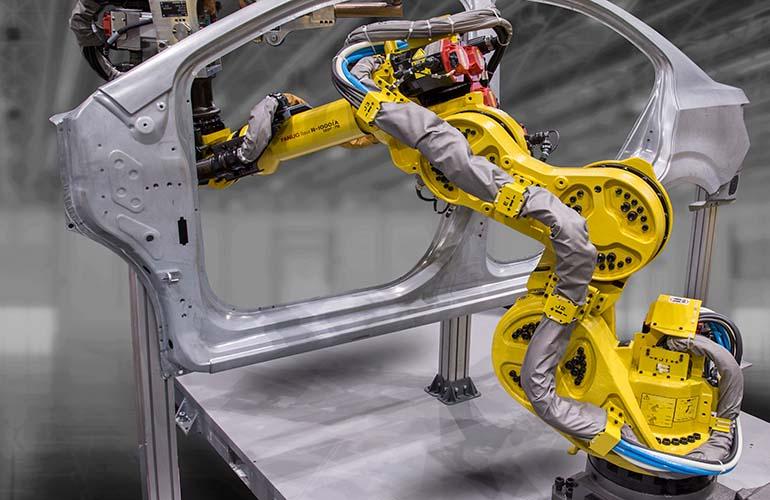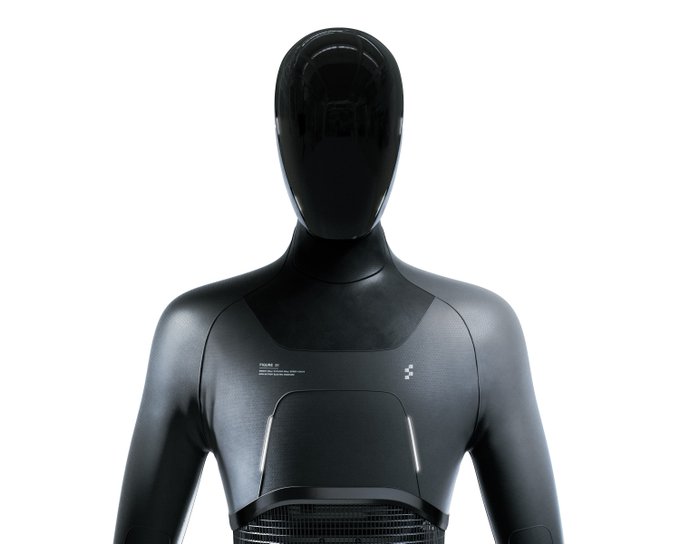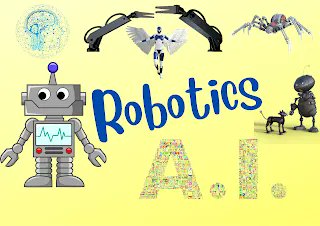Years ago, robots were inflexible, hard to program, stationary and, except for industries with long production runs, cost-prohibitive. Plus, they were blind, deaf, incapable of tactile sensing, unintelligent and couldn’t be trusted to work next to people.
Now, thanks to stronger processing power, sophisticated software that simplifies programming and operation, machine learning (ML), machine vision (MV), more and better sensors and end effectors and other developments, robots are more flexible and capable than ever. In addition, the relative cost of robotics has gone down.
With the growing need for quality and throughput amidst a shortage of skilled workers, the use of robotics in manufacturing is expanding. New robotic applications are popping up in more industries including pharma and agriculture. Robots are also leaving the factory floor to do more domestic services and other tasks.
Mots-clés : cybersécurité, sécurité informatique, protection des données, menaces cybernétiques, veille cyber, analyse de vulnérabilités, sécurité des réseaux, cyberattaques, conformité RGPD, NIS2, DORA, PCIDSS, DEVSECOPS, eSANTE, intelligence artificielle, IA en cybersécurité, apprentissage automatique, deep learning, algorithmes de sécurité, détection des anomalies, systèmes intelligents, automatisation de la sécurité, IA pour la prévention des cyberattaques.






